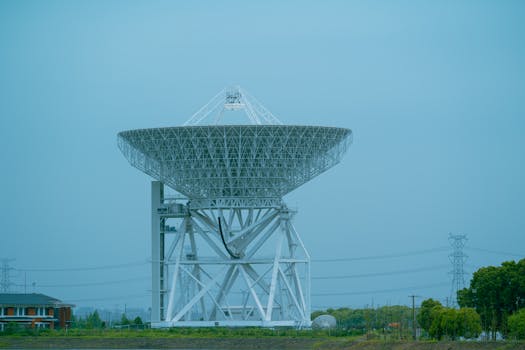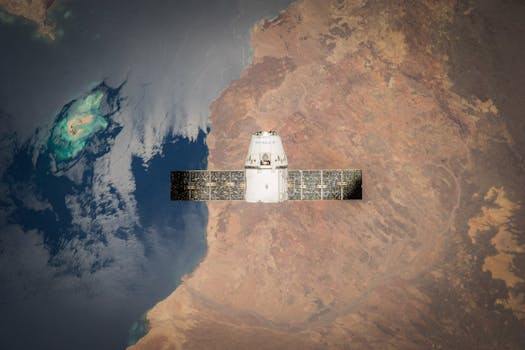Satellite Telecommunications 2023: What’s New and What’s Next? – Satellite Telecommunications

Satellite Telecommunications 2023: What’s New and What’s Next? – Satellite Telecommunications
Satellite Telecommunications 2023 is an exciting time for the industry, with new technologies and innovations emerging that are set to revolutionize the way we communicate. The use of satellites for telecommunications has been around for decades, but recent advances in technology have made it possible to provide faster, more reliable, and more affordable connections. In this article, we will explore the latest developments in satellite telecommunications and what’s next for the industry.
Introduction to Satellite Telecommunications

Satellite telecommunications use satellites orbiting the Earth to transmit and receive signals. This allows for communication between two points on the Earth’s surface, even if they are not connected by a physical network. Satellites can be used for a variety of purposes, including television broadcasting, telephone communications, and internet connectivity. The use of satellites for telecommunications has several advantages, including the ability to reach remote or underserved areas, provide backup connectivity in case of network outages, and offer a high level of security and reliability.
Current State of Satellite Telecommunications

The current state of satellite telecommunications is characterized by rapid growth and innovation. New companies are emerging, and existing ones are expanding their services and capabilities. One of the most significant developments in recent years is the launch of low-Earth orbit (LEO) constellations. These constellations are made up of hundreds or thousands of small satellites that work together to provide global coverage. LEO constellations have several advantages, including lower latency, higher speeds, and lower costs compared to traditional geostationary satellites. Companies such as SpaceX, OneWeb, and Amazon’s Kuiper Systems are leading the charge in the development of LEO constellations.
Another significant development in satellite telecommunications is the use of advanced technologies such as phased arrays and beamforming. These technologies allow for more efficient use of satellite bandwidth and enable the provision of higher-speed connections. The use of artificial intelligence (AI) and machine learning (ML) is also becoming more prevalent in satellite telecommunications, with applications in areas such as network optimization and predictive maintenance.
What’s Next for Satellite Telecommunications

So, what’s next for satellite telecommunications? One of the most significant trends is the integration of satellite communications with other technologies, such as 5G and the Internet of Things (IoT). This will enable new use cases such as smart cities, autonomous vehicles, and industrial automation. The use of satellites for backhaul connectivity is also expected to grow, as mobile operators look to satellites to provide connectivity in areas where it is not economically viable to deploy fiber or microwave links.
Another trend is the increasing focus on sustainability and environmental responsibility in the satellite telecommunications industry. This includes the development of more fuel-efficient satellites, the use of renewable energy sources, and the implementation of responsible disposal practices for end-of-life satellites. The industry is also expected to see increased regulation and standardization, as governments and international organizations seek to ensure that satellite telecommunications are safe, secure, and accessible to all.
See more:




